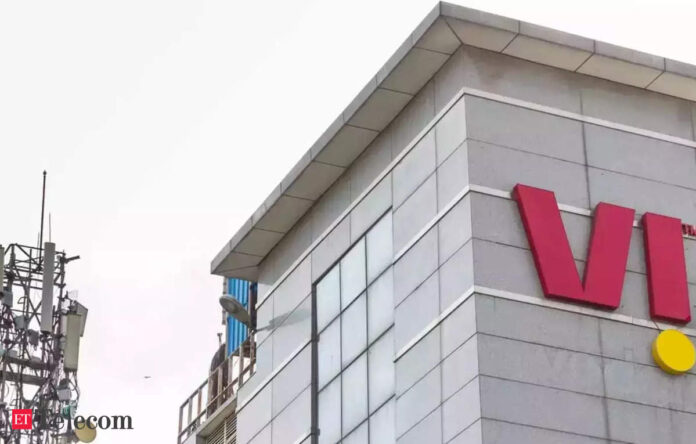In Short:
Telecom Regulatory Authority of India (Trai) is cracking down on spam calls and messages by disconnecting resources and blacklisting entities for two years. Trai also restricted unverified links in messages and asked telecom companies to create traceable chains for bulk messaging services. While telcos have concerns, Trai’s efforts date back to 2018 and include strategies like CNAP to combat spam. Spam is a global issue, with India ranked as the fourth most affected country.
In a bold move on Thursday, the **Telecom Regulatory Authority of India (Trai)** intensified its fight against spam calls and messages. Trai directed telecom operators to disconnect all resources provided to entities involved in such activities and blacklist them for two years.
Spam has become a major problem in India, with a surge in unsolicited calls and messages. While some are legitimate marketing efforts, many are fraudulent. How will Trai’s actions impact this issue? Let’s dive into India’s spam problem and Trai’s efforts to combat it.
What are Trai’s strategies to combat spam?
One of the key measures announced by Trai is the restriction on sending messages with unverified links or APK files starting September 1. These messages can only be sent if whitelisted, with telecom operators managing the process. Trai also directed operators to create traceable chains between bulk messaging entities and telemarketers by October 31. This aims to boost accountability in message origins.
Trai also mandated that telecom operators disconnect resources of entities misusing bulk connections for spam calls. These entities will be blacklisted for two years, with the blacklist shared industry-wide.
Have telcos raised concerns on these directions?
While telecom operators are yet to formally respond, industry executives have expressed concerns about potential burdens on Private Automatic Branch Exchange (PABX) providers.
PABX providers now have the responsibility to ensure their systems are not used for spam calls, raising challenges in identification and blocking spam calls.
The scale of India’s spam problem
A survey found that 60% of Indians received three or more spam calls daily in the past year, with even registered users on the Do Not Disturb (DND) list facing unwanted calls. Trai’s efforts to curb spam date back to 2018, with fines imposed on violators, and the migration of telemarketers to a blockchain platform in 2019.
To tackle spammers using regular numbers, Trai recommended ‘Calling Name Presentation’ (CNAP) technology, helping users identify spam calls by displaying the caller’s name.
What is CNAP, and can it make a difference?
CNAP displays the caller’s name alongside the number, aiding users in identifying and avoiding spam calls from unknown numbers.
What are the challenges in implementing CNAP?
Telecom operators cite technical issues like increased network load and privacy concerns as challenges in CNAP implementation. Consumers may also hesitate to share their names without strong privacy laws in place.
Is spam a global issue?
Yes, spam calls and texts are a global problem. While countries work on technology to combat spam, a perfect solution remains elusive. India ranks fourth in a survey on spam-affected countries, showing it’s a global concern.





